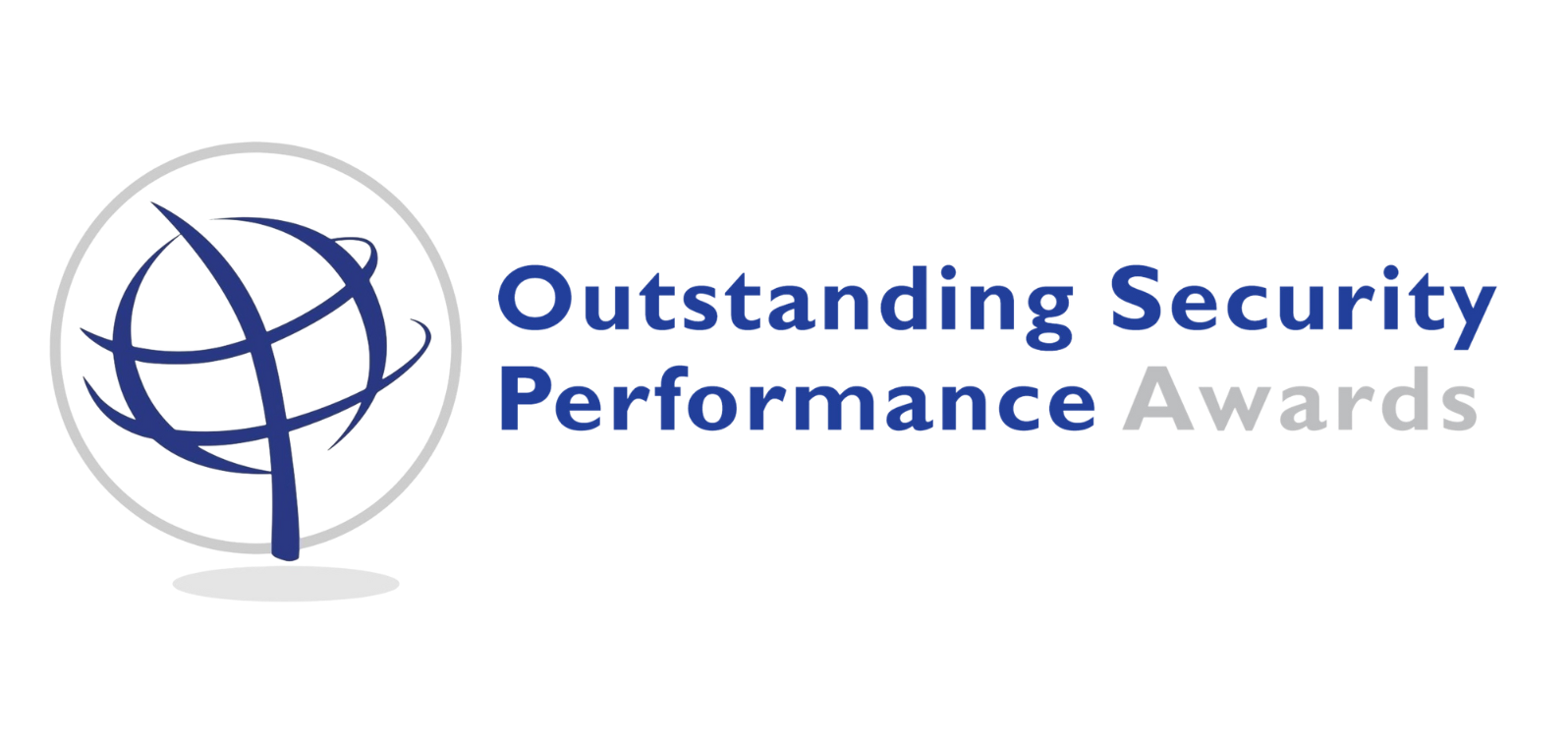
Chair: Martin Gill
Panellists:
Paul Devassy – Security and Risk Head at OYO (India)
Deepayan Mohanty – Promoter and Managing Director at Hemera International Pte Limited (Singapore)
Vipul Mathur – Business Head at Udaan (India)
Key points
Paul Devassy sets a context for the discussion, Covid-19 was unscheduled and has trespassed on a range of operations, and it has taught us that resistance has to be in the DNA and culture of organisations. Those in charge of Risk (rather than security) have been invigorated where the approach has consider the management not just of the supply chain but the whole management vendor eco system. At the same time it has had to come to terms with the challenges posed by widescale homeworking; the need to reduce overheads as a consequence of the financial hardships the virus has posed; and the added complexity that disruptions have had which varies by not just country but also regions within countries. Accreditations of supply chain processes and companies will become more important.
Deepayan Mohanty notes that supply chain management has become more complex because of Covid-19 for sure but also because of a wide range of disruptions: Brexit has impacted Europe but beyond that; those posed by climate change; and those posed by conflict are other examples. So Covid-19 is not unique in being disruptive, albeit it has played its part in generating mistrust of systems and underlined the need for a realignment of strategy. The challenges include: the requirements of PPE which have added complexity; the shortage of materials to make products has meant supply management has been challenged and in some cases increased prices; then there are staff absences; currency fluctuations complicate pricing; and all these have led to contractual problems. Management of supply chains has always been a focus and it has sharpened now, where there is a need for greater agility alongside improved risk perception. Changes provided by robotics will take time and he emphases the need for improved intelligence gathering and use which become all the more critical when the supply chain is related to human life.
Vipul Mathur notes the dynamics of supply chains handling large number of goods, a wide variety of products, which can only sometimes be transported together. One slight change in any one part or aspect can have an enormous knock-on effect. He emphasises that the supply chain itself involves so many parts and disruption to anyone of them can be impactful. The key though is to protect people, all the now common issues of social distancing etc. Apps can help, so can technologies like CCTV to ensure rules are being followed, technology (and algorithms) can also be used to manage data, identify trends and help to forecast potential problems, and this needs to be informed by the best intelligence, for sure supply chains are dynamic and complex. Vipul is more sceptical about the value of accreditations, things are changing so fast, spearheaded by technology, so getting people focussed on that is for him a larger priority. He warns that we should stop talking about a ‘new normal’, as there is no normal now.
These experts offered specific insights into the dynamics of supply chains pinpointing the scale and nature of the problems; potential solutions; and the difficulties that will or may be encountered in implementing them. Technology offers scope for improvement, but ultimately all systems are about people who are both the greatest potential for good and the biggest risk of failure.
Martin Gill
22nd April 2021

